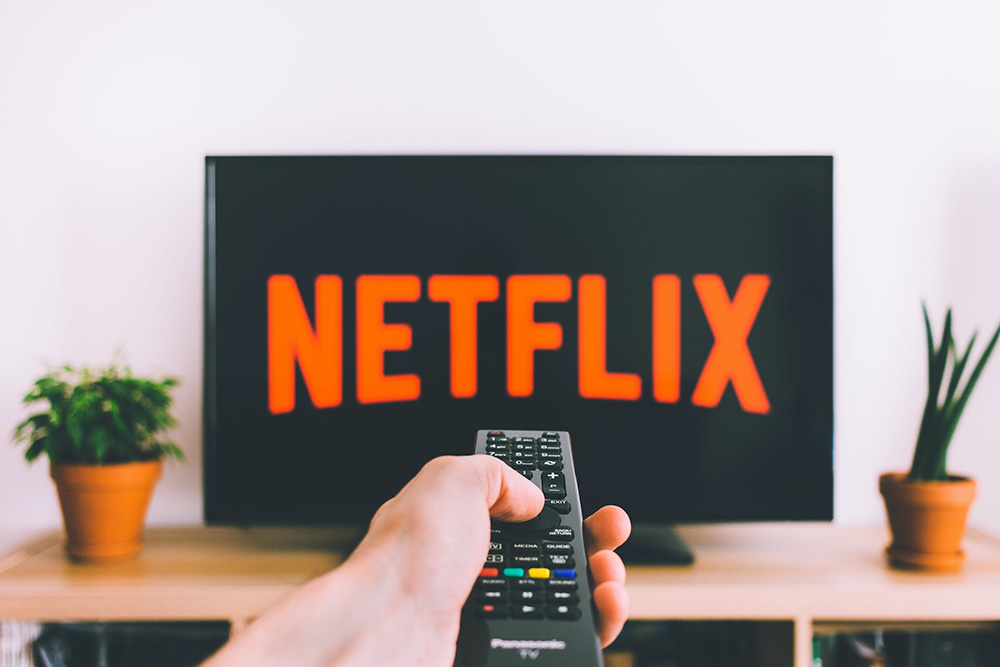One reassuring presence for many during lockdown is the hum of the TV or radio in the background; it’s the equivalent of a brain comfort blanket. While we’re spending more time watching telly (I know I am—Modern Family for the win), the way people are accessing content has changed dramatically in the last decade. Subscription Video on Demand (SVOD) platforms, where you pay a monthly or annual charge, have seen huge year-on-year rises, and the recent release of the 2020 BARB SVOD Report has the 2019 figures to prove this. Stand by for statistical goodness…

The Broadcasters Audience Research Board (BARB) reported that by the final quarter of 2019 the majority of homes had at least one SVOD platform. It’s only a narrow margin at 50.5% or 14.3 million UK homes, but it’s the first time that the ‘big three’—Netflix, Amazon Prime Video and NOW TV—have had this level of coverage. The number of homes with more than one SVOD has shot up to around 6 million, an increase of 1.7 million from 2018. A Netflix-Amazon Prime Video combo is the most popular, with 1 in 3 homes opting to stream their entertainment from this dynamic duo.
There has also been a rise in ‘unidentified viewing’. Unsurprisingly, this is all TV set viewing that BARB can’t identify and much of it is accounted for by SVOD services. Viewers are watching around 52 minutes of unidentified TV content per day (8.5% growth), while viewers for the reporting channels were watching 191 minutes of TV (down by 4%). While watching on demand has increased, the end of traditional TV is still a long way off.

These figures only run up to the end of 2019, so they don’t include the number of households that have signed up for SVOD services during lockdown—or the launch of the eagerly awaited Disney+ and Apple TV+. Early reports from Disney for the first quarter of 2020 reveal the House of Mouse has crept into 1.6 million UK homes and 85% of people asked would keep Disney+ once the crisis is over. The service has been mind-bendingly successful: Disney+ has picked up over 50 million subscribers worldwide within the first five months of launch, when the original target had been 60–90 million by the end of the 2024 financial year.
Netflix has also released early subscription figures for the first three months of the year. As the largest subscription service in the world, Netflix now has 183 million subscribers and scooped up another 15.7 million of those in the first quarter of 2020. No wonder everyone seems to be obsessed with Tiger King.
There’re loads of free on-demand services available, but the ability to watch a limitless amount of content whenever you want is a lucrative business model. The combination of this flexibility with free trial periods, no adverts and a low monthly cost has drawn people in. Amazon Prime Video also has the sweetener of Prime benefits to tempt sign ups.
Of course, none of this matters if the service doesn’t provide what consumers want. The success of Netflix, Amazon and upstarts like Disney+ is based upon their enormous back catalogue of shows and films, as well as the money to create extremely high quality original series. SVOD services also offer a lifeline to Hollywood by providing a platform for films which suffered from shortened or cancelled cinema runs.

The 2021 BARB report will show what patterns lockdown has created. It’s not a wild leap to expect an increase in viewing hours and subscriber numbers, if the first quarter figures from Netflix and Disney are anything to go by. The overall increase, or how steep the rise is, can only be guessed at, as will how many households keep subscribing and watching once lockdown is eased. Netflix expects viewing and subscriptions to slow down once restrictions are relaxed.
Subscription services may slow at the end of 2020, but no one is predicting a decrease in the numbers paying to use them. Platforms like Netflix, Amazon Prime Video and NOW TV are taking an ever-growing viewer share, with unknown long-term impacts on live TV broadcasting. Whatever happens in the future, subscription video on demand is here to stay.
You can read the full SVOD Report 2020 online.